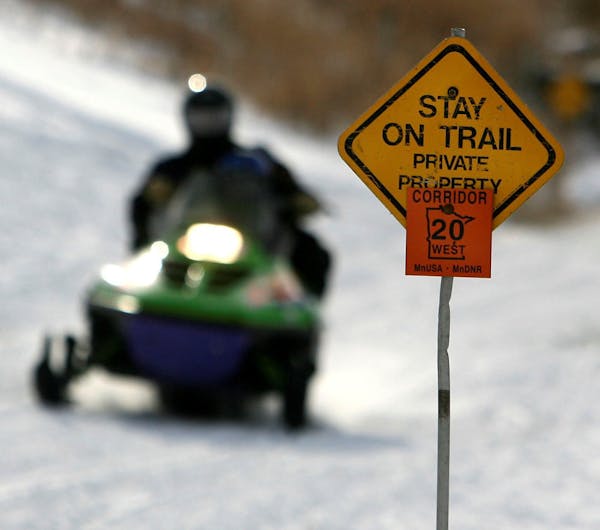Minnesota pheasant hunters were stymied by too much standing corn to begin the 2019 season and icy field conditions to end it, but those who went out in November and the first half of December enjoyed some success and were encouraged by what they saw.
"Bird numbers seemed really solid,'' said Scott Rall, president of the Nobles County chapter of Pheasants Forever. "On a scale of one to 10, I anticipated a four this season. It ended up an eight.''
Teri Boltjes of Fairmont, a pheasant hunter who conducted a women's learn-to-hunt class in Martin County, said she was worried that 2019's cold, wet spring would put a major dent in ringneck abundance. So she was surprised to see "lots of birds'' after farmers caught up on their weather-delayed corn harvest.
"It's not overly high numbers, but there were a good number of birds,'' Boltjes said.
Similar field reports were welcomed by the DNR after the agency observed a 17% statewide decrease in the average number of pheasants observed in its preseason roadside count survey. The 2019 Minnesota pheasant index was 11% below the 10-year average and 60% below the long-term average, but the survey showed that certain areas contained plenty of hens and roosters.
Nothing has changed for Minnesota pheasants in the big picture. The birds have lost huge amounts of grassland habitat because of losses of farmland acreage set aside for wildlife under the Conservation Reserve Program (CRP). Minnesota hunters used to bag 350,000 roosters per year, but that number has dropped by more than a third. Nesting habitat is the key to pheasant numbers.
DNR Upland Game Project leader Tim Lyons said he is expecting a mild harvest decline for 2019. Results, including the number of hunters who participated, won't be available until later this year.
"I think it is going to be a little down,'' Lyons said. "It's kind of what we expected.''
Windy, snowy weather tempered participation in the pheasant season opener Oct. 12, and the birds took refuge in cornfields — out of sight from hunters — over the first few weeks. By late season, when pheasants were bunched up, they took to cattail sloughs, willow thickets and conifer stands that were hard for hunters to reach because of icy ground conditions. The season ended Jan. 1.
Lyons said DNR's area wildlife managers reported a range of hunting results, with hunters in some areas of western Minnesota shooting their limits and saying pheasant abundance was on par with South Dakota. In other parts of the Minnesota pheasant range, hunters reported that the birds were sparse.
"By and large I haven't heard a whole lot of complaints,'' Lyons said. "But it certainly wasn't a widespread good year.''
One of the DNR's stated goals for pheasant hunting is to return participation to 120,000 license holders per year. In 2018, the season drew nearly 56,000 hunters.
Chinese Grand Prix could deliver drama to F1 and slow Verstappen's victory march
NFL draft will include many Michigan men, maybe enough to break record set by 2022 Georgia Bulldogs

West metro girls basketball coach steps down after 26 years

